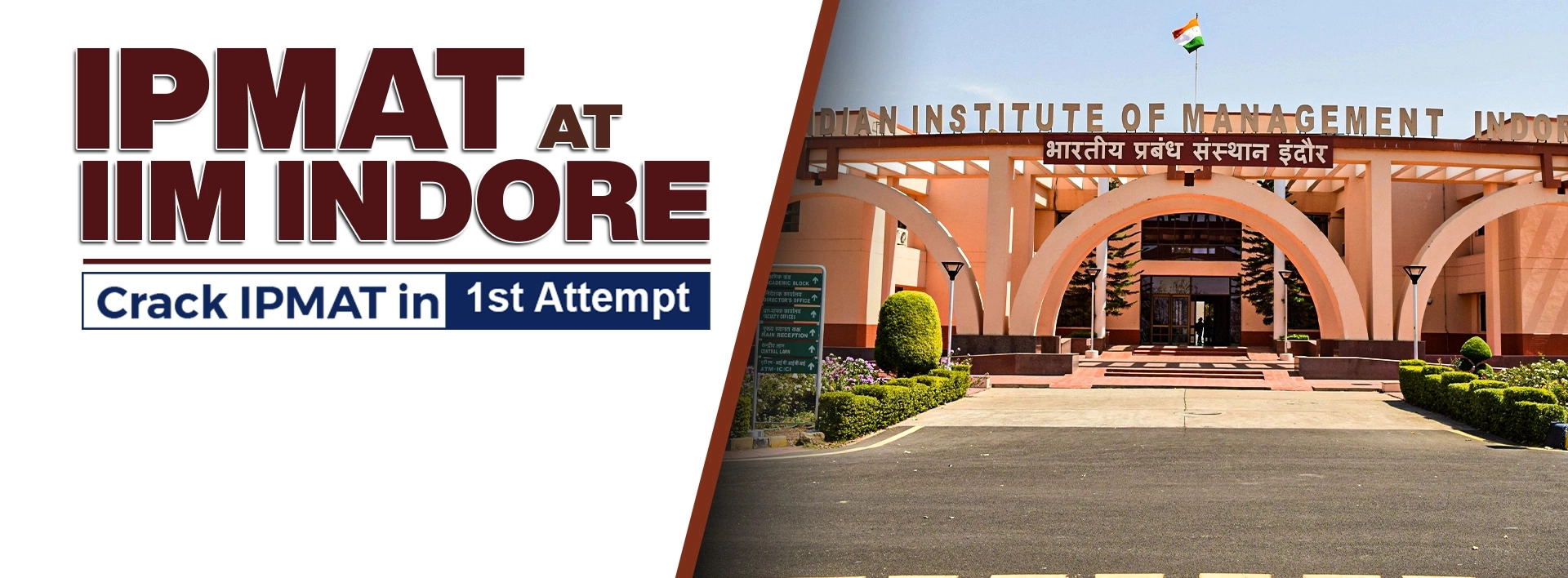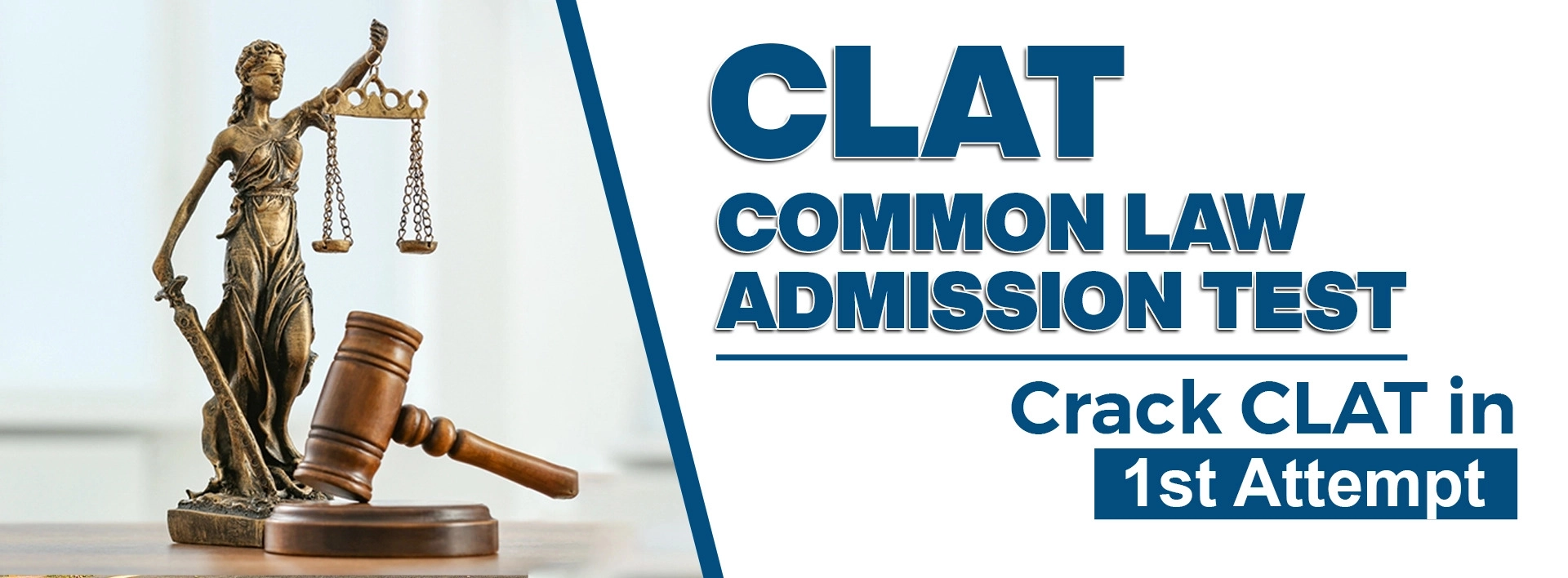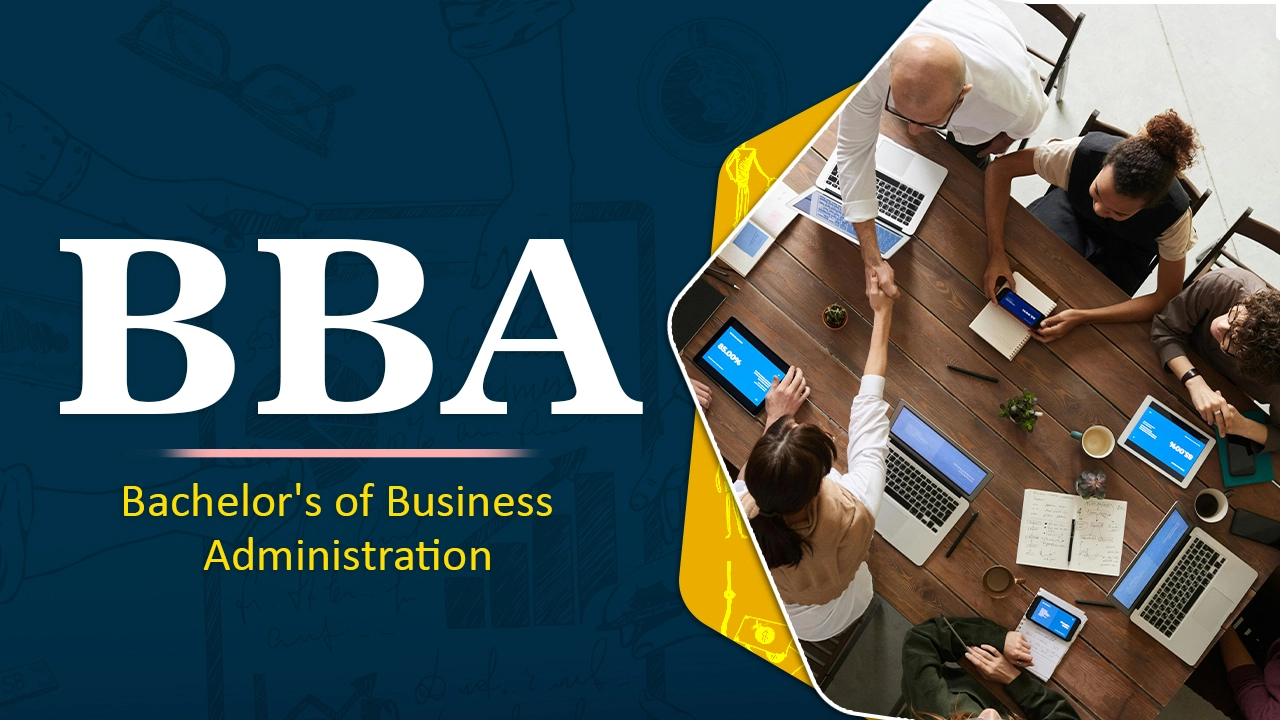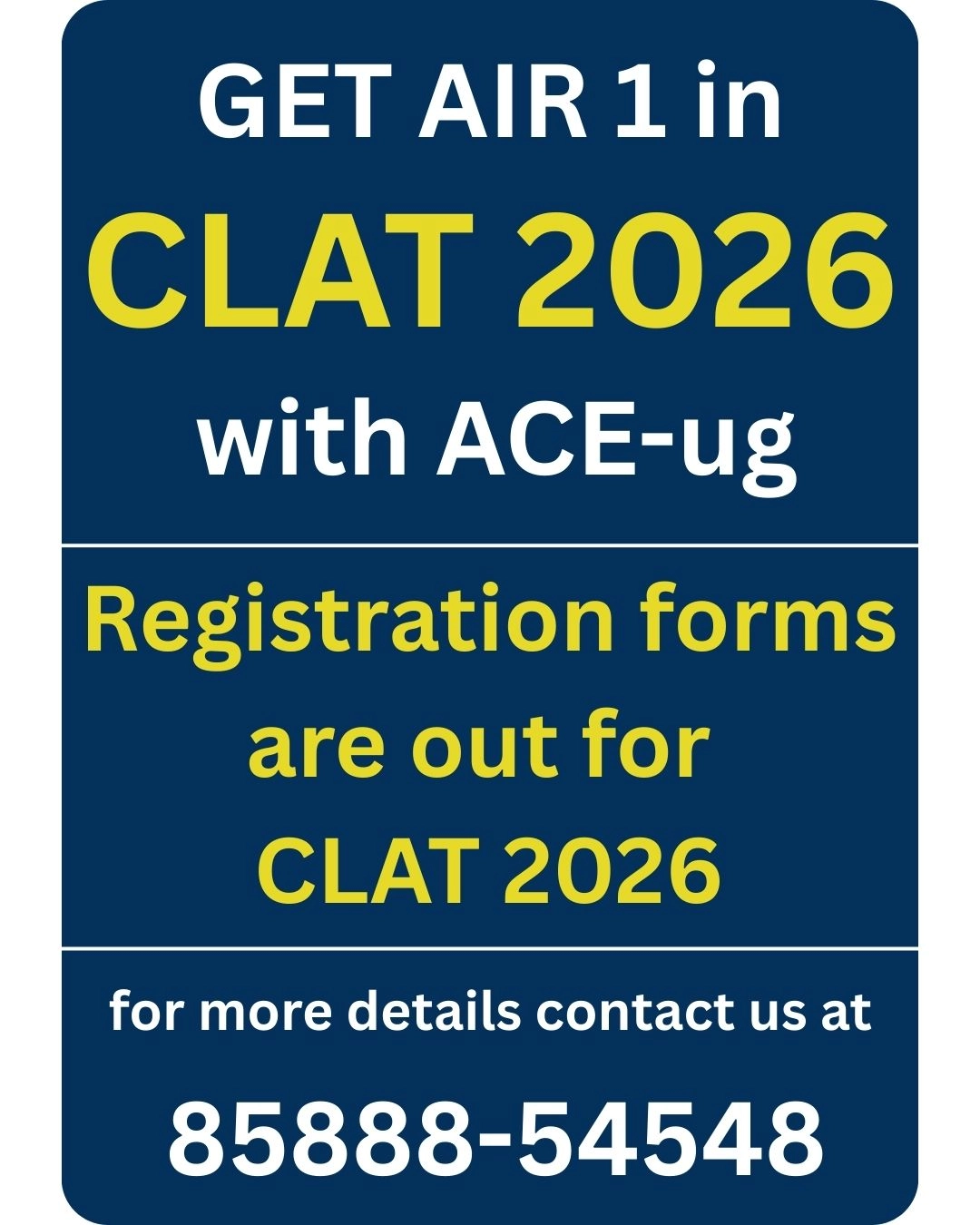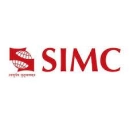
.jpg) Anupam Dubey
Anupam Dubey
We personally visited the centres after the exam and spoke to 7 to 8 different applicants at length about the CLAT 2025 quest paper.
One thing that is undeniable: The CLAT consortium has brought the level down in the past couple of years. In equal voice, all the students said the level of CLAT 2025 was lower than that of CLAT 2024, which itself was below the previous year.
The commonality in the pattern is that students find decreased level of difficulty this year.
Here is the detailed analysis of the question paper.
- Since 2024, the consortium has followed a new format of 120 questions to be solved in 120 minutes. The CLAT 2025 paper followed the same structure as CLAT 2024, with no changes in the number of questions per section. The paper featured a total of 20 passages, each accompanied by questions. These included 4 passages each from Verbal Ability and Logical Reasoning, 5 Passages each from General Knowledge/Current Affairs and Legal Reasoning, and 2 passages from Quantitative Techniques.
- The exam witnessed an unprecedented participation rate, with 96.36% of undergraduate applicants and 92.13% of Postgraduate applicants appearing for the test, the official notification stated.
- As per the detailed analysis shared by students, the level of difficulty for this year's exam as less than previous years. The CLAT 2025 exam was on the easy to moderate side.
| CLAT section | % of Questions in CLAT | No. of Questions in CLAT 2025 |
| English Language | 20% | 24 |
| Current Affairs including General Knowledge | 25% | 24 |
| Logical Reasoning | 20% | 24 |
| Legal Reasoning | 25% | 30% |
| Quantitative Techniques | 10% | 12 |
| Total | 100% | 120 |
4. The English section included contextual questions, with one passage titled “How to Improve Your Life”. The questions were straightforward and required minimal interpretation, making this a high-scoring section for many candidates. Out of 24 questions, a good attempt ranged from 22 to 23, with an expected score of 20 to 21. some of the students are expecting 23 from this section.
5. The Logical Reasoning section included a blend of Analytical and Critical Reasoning questions. This year, Analytical Reasoning featured a seating arrangement question, which many students claimed contained errors. interestingly, Analytical Reasoning questions were absent in the previous year's paper. Out of 24 questions, a good attempt would be 20-22, with an expected score of 19 to 20.
6. The Legal Reasoning section featured passages on topics such as valid and invalid contracts, the right privacy, and the 42nd Amendment. Several question integrated General Knowledge with Legal Comprehension, challenging students to apply legal principles alongside factual information. Out of 30 questions, a good attempt would be 27-28, with an expected score of 24 to 25.
7. The General Knowledge section covered significant topics such as Article 370, Civil Disobedience, the Shakti Scheme, and the Olympics. While certain questions could be inferred from the passages, others demanded a solid grasp of current affairs and historical events. Out of 30 questions, a good attempt would range between 27-28, with an expected score of 24-25.
8. The Quantitative Techniques section was notably time-intensive, featuring question on topics such as dearness allowance, time, and percentage-based calculations. While the questions were manageable, effective time management was crucial for achieving a good score. Out of 12 questions, a solid attempt would be 8-9, with an expected score of 7-8.
Verbal Ability - Attempt (22 to 23) - Expected Score (20 to 21)
Critical Reasoning - Attempt (20 to 22) Expected Score (19 to 20)
Legal Reasoning - Attempt (27 to 28) - Expected Score (24 to 25)
General Knowledge - Attempt (27 to 28) - Expected Score (24 to 25)
Quantitative Aptitude - Attempt (8 to 9) - Expected Score (7 to 8)
So out of 120 questions, the ideal attempt was 104 to 110, with an expected score is 90 to 100.
The cut-off this expected to soar this year and for TIER 1 NLUs, it can go up to 95 to 100+.
.webp)


